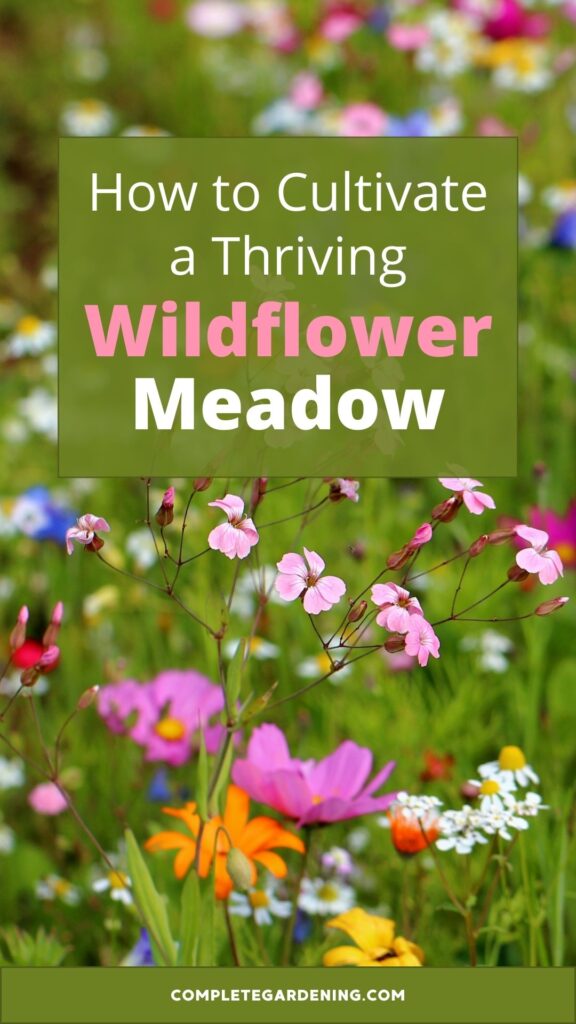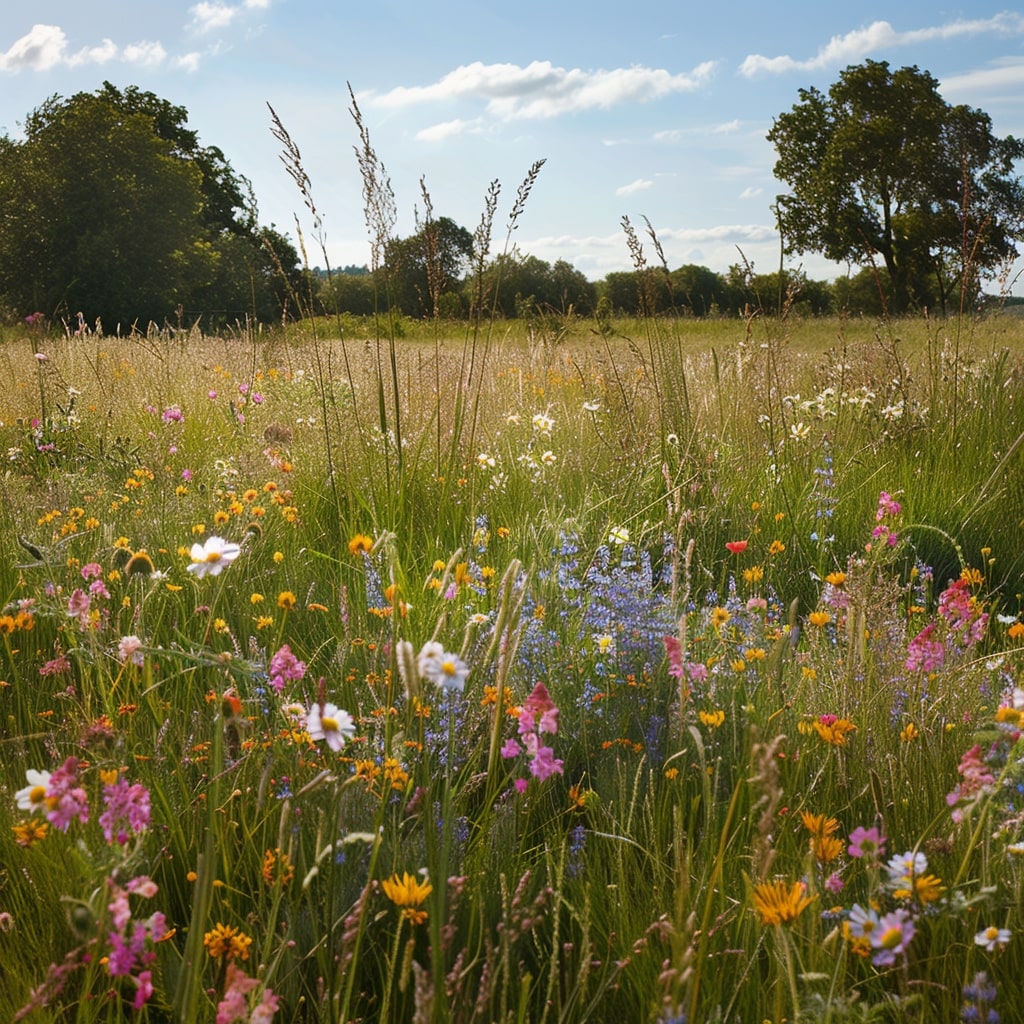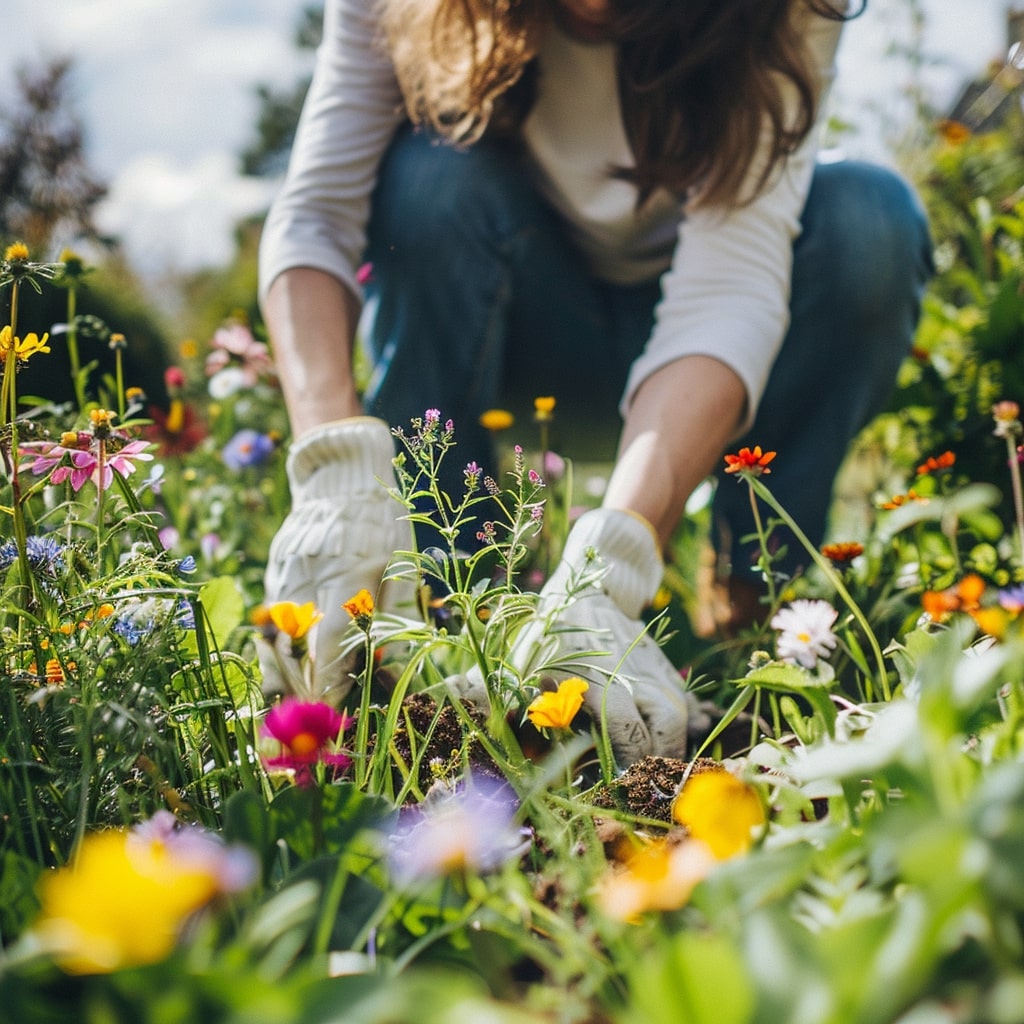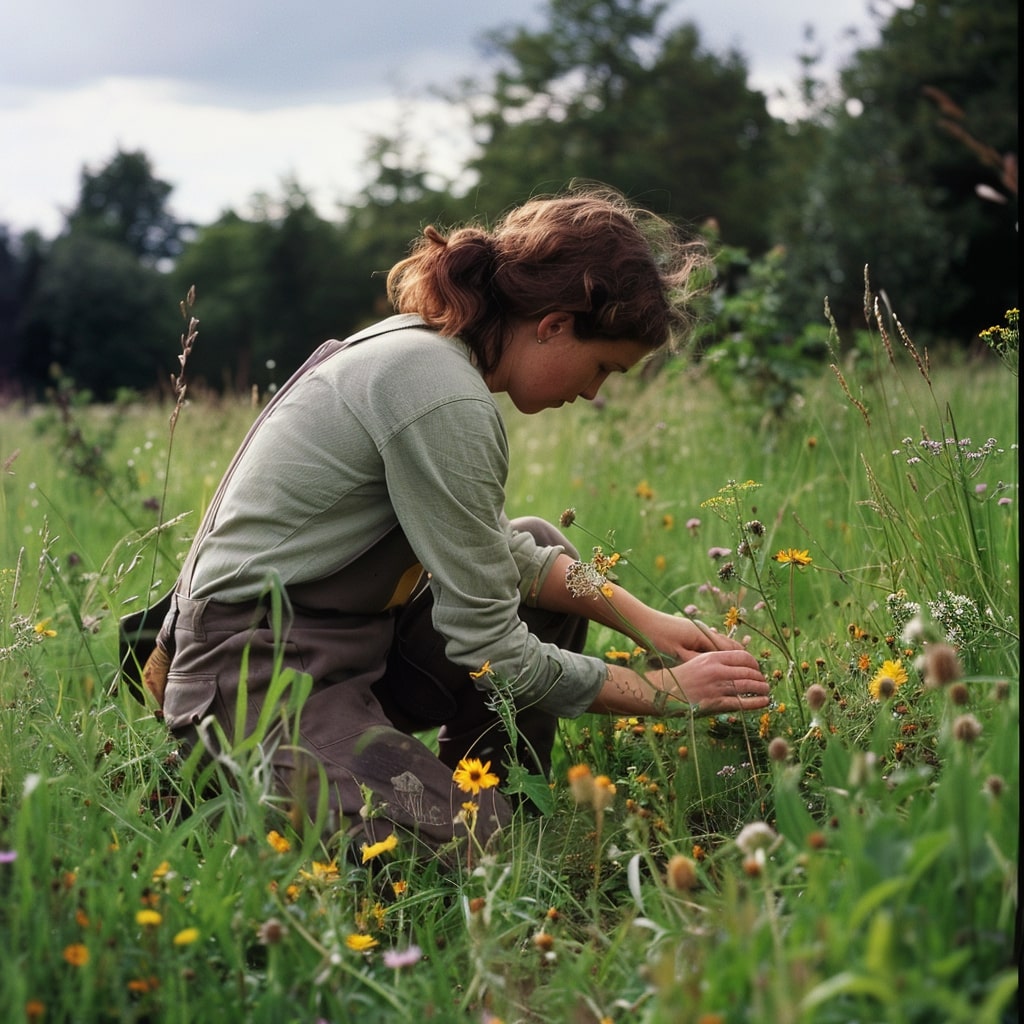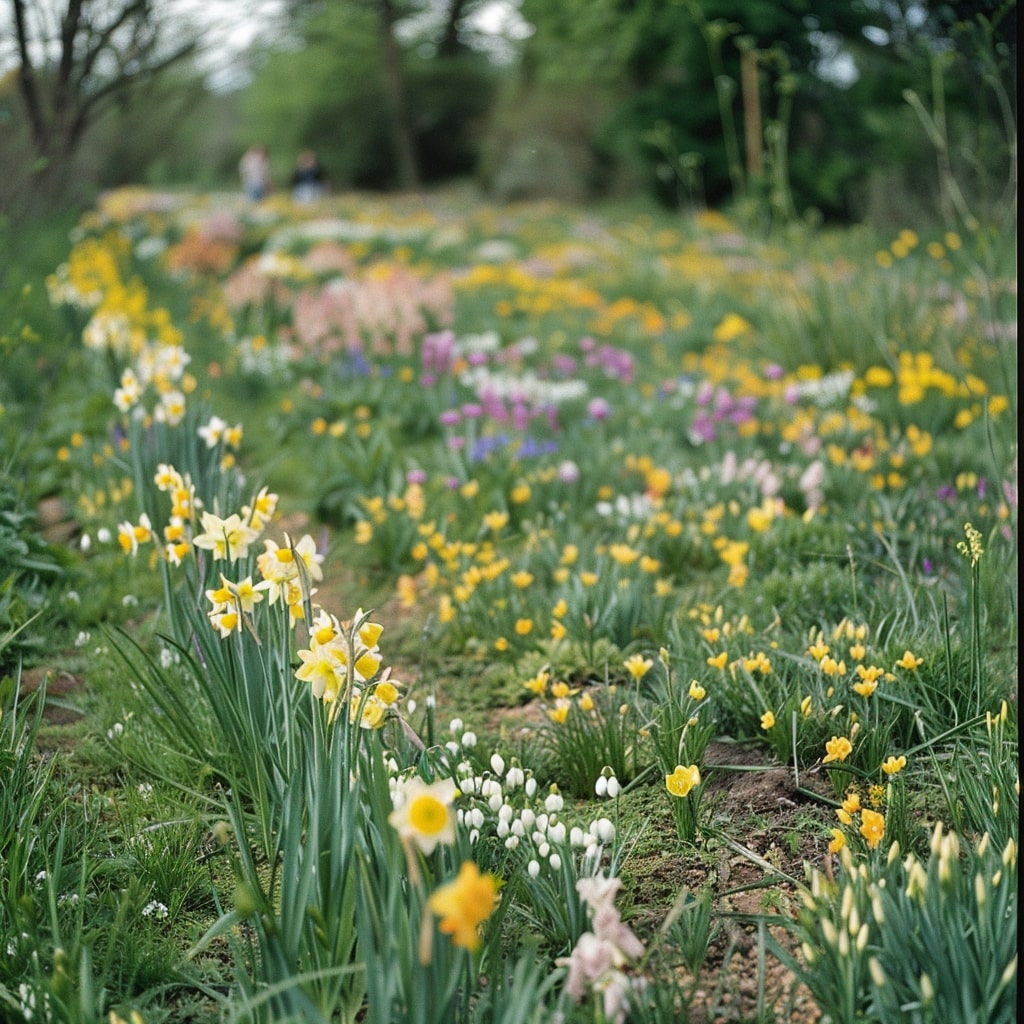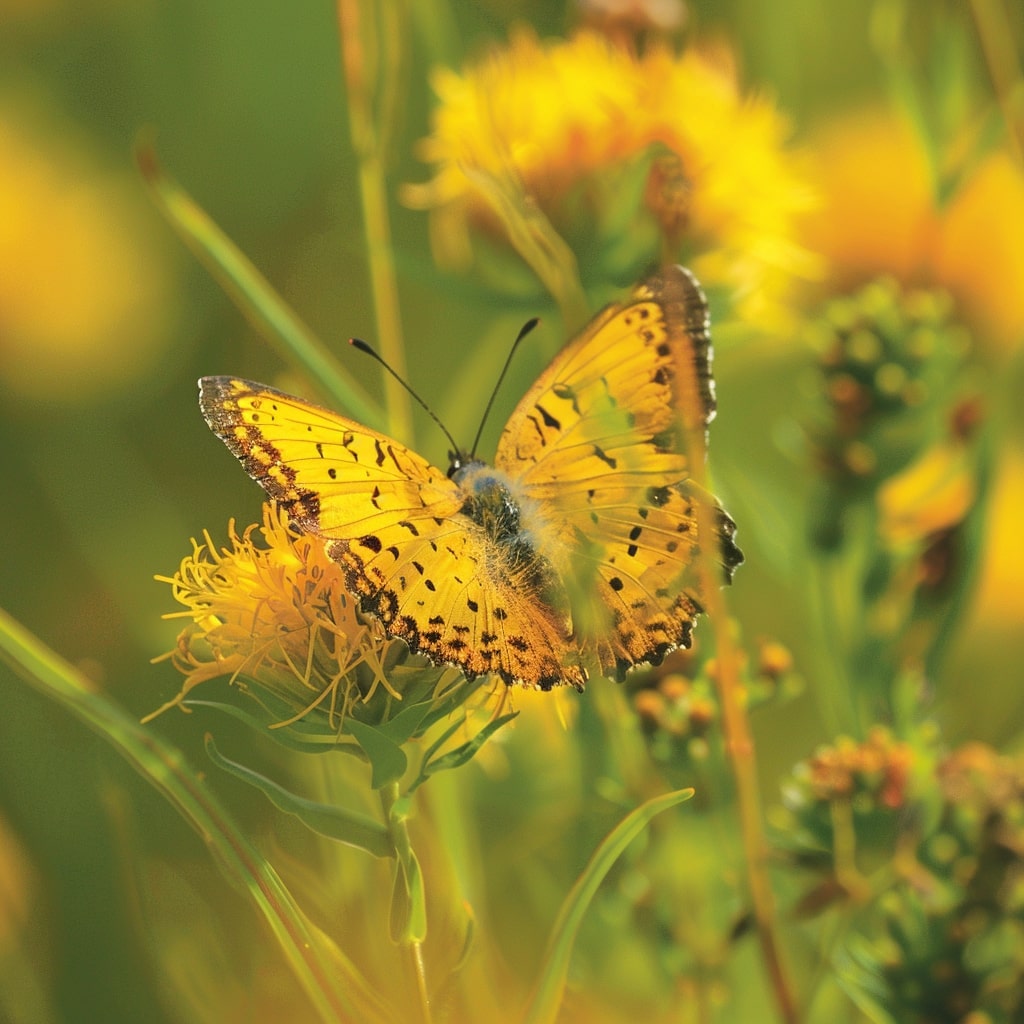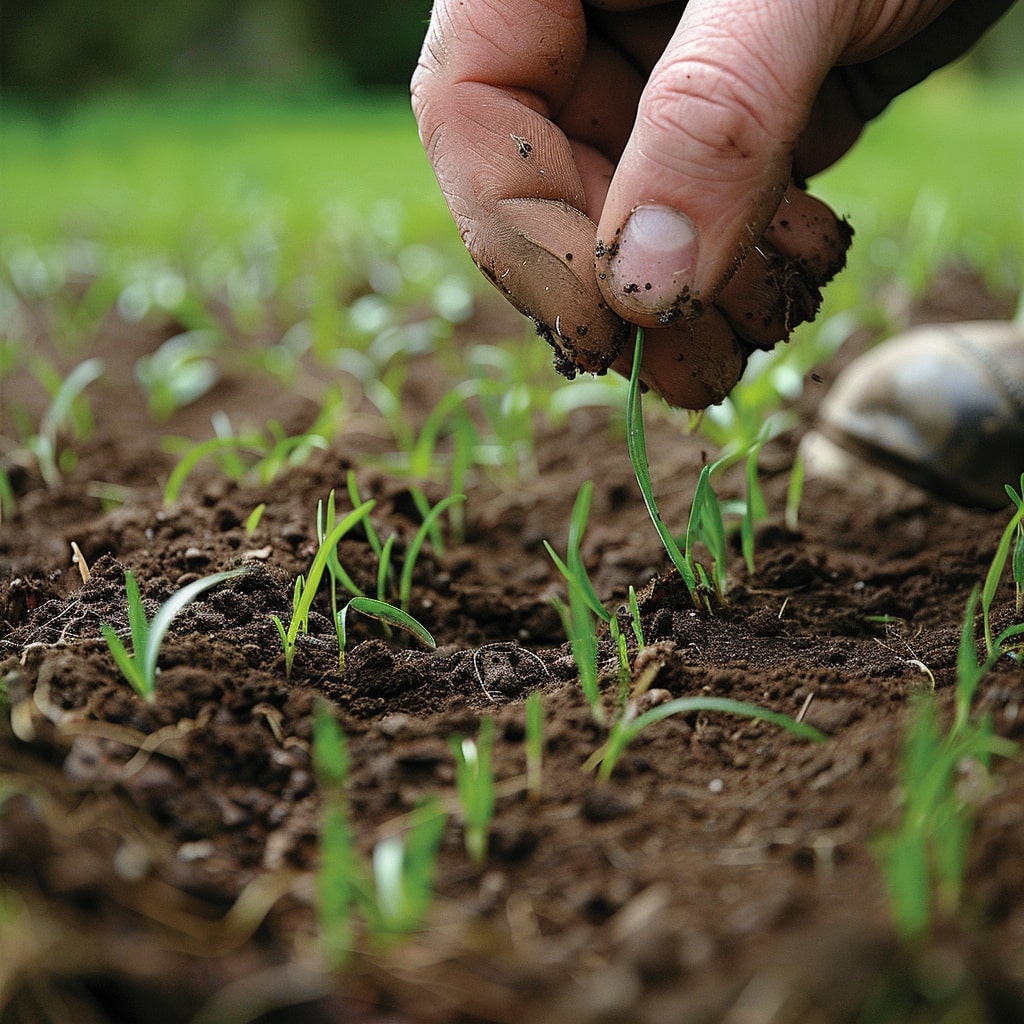Imagine turning your garden into a vibrant tapestry of wildflowers, buzzing with life and bursting with color. Creating a wildflower meadow is an incredibly rewarding and eco-friendly way to not only beautify your space but also support local biodiversity.
By offering a haven for pollinators, birds, and various wildlife, you can transform any part of your garden into a lively, natural sanctuary. Dive into this little guide to learn how to cultivate your own flourishing wildflower meadow.
Why Create a Wildflower Meadow?
Wildflower meadows are critical for supporting declining species, especially pollinators like bees and butterflies. With so much traditional wildflower meadows lost, planting a meadow in your garden can make a significant impact.
Wildflower meadows offer a rich variety of plants, creating a balanced ecosystem that supports a wide range of wildlife. Additionally, these meadows require less maintenance than traditional lawns and add stunning natural beauty to your landscape.
Understanding Wildflower Meadows
A traditional wildflower meadow consists of a mix of perennial grasses and wildflowers. These meadows are typically cut for hay in late summer and grazed by livestock until early spring, which keeps the growth of grasses and woody plants in check. In a garden setting, you can replicate this by planting a mix of wildflowers and grasses, managing them through periodic mowing.
Types of Wildflower Meadows
- Perennial Meadows: These contain long-lived perennial plants such as clover, ox-eye daisy, and knapweed. They are more biodiverse and require less frequent replanting.
- Annual Meadows: Planted with annual wildflowers like cornflowers and poppies, these meadows provide quick bursts of color but need to be reseeded each year.
Choosing the Right Site
The success of your wildflower meadow largely depends on selecting the right site. Consider the following factors:
- Sunlight: Wildflowers need plenty of sunlight. Choose a spot that gets at least six hours of full sun each day.
- Soil Type: Different wildflowers thrive in different soils. Wildflowers generally prefer poorer soils, which limit the growth of competitive grasses. Soil testing can help determine the type of soil you have and any necessary amendments.
- Drainage: Ensure the site has good drainage. Wildflowers typically do not thrive in waterlogged conditions.
Preparing the Ground
Proper ground preparation is crucial for establishing a healthy wildflower meadow. Here are the steps to prepare your site:
- Remove Existing Vegetation: Clear the area of any grass, weeds, and plants. This can be done by digging, tilling, or using black plastic to solarize the area for several weeks, which kills existing vegetation through heat.
- Reduce Soil Fertility: Wildflowers thrive in less fertile soil. If your soil is too rich, consider removing the top few inches or avoid adding any fertilizers. Another method is to stop fertilizing and mowing an existing lawn for a few seasons to reduce its fertility gradually.
- Rake and Level: Rake the soil to create a smooth, even surface. This helps with seed sowing and ensures good seed-to-soil contact.
Sowing Seeds
Wildflower meadows can be started from seeds, plugs, or turf. Sowing seeds is the most cost-effective method. Here’s how:
- Timing: Sow seeds in early to mid-spring or early autumn. Autumn sowing is often preferred as it allows seeds to establish before winter, ensuring robust growth in spring.
- Mixing Seeds with Sand: Mix your seeds with dry sand to ensure even distribution. This also makes it easier to see where you’ve sown.
- Sowing: Broadcast the seeds by hand or use a seed spreader for even coverage. Aim to cover the area uniformly.
- Raking: Lightly rake the seeds into the soil to ensure good seed-to-soil contact. Avoid burying the seeds too deeply.
- Watering: Water the area gently but thoroughly after sowing to help seeds settle into the soil.
Planting Plugs
For quicker and more reliable results, you can plant wildflower plugs. This method involves planting young plants directly into the prepared soil. Here’s how:
- Planting Time: Plant plugs in spring or autumn when the soil is moist and the weather is mild.
- Spacing: Space the plugs about 5-7 plugs per square meter to allow room for growth and to create a natural-looking meadow.
- Watering: Water the plugs well after planting to help them establish. Continue to water regularly during dry spells until they are well-rooted.
Managing Your Meadow
Proper management is key to maintaining a healthy and vibrant wildflower meadow. Here’s what you need to do:
- Mowing: The main cut should be done once or twice a year. The best time for the main cut is late summer to early autumn, after most wildflowers have set and shed their seeds. Cut the meadow to a height of about 5-10 cm.
- Removing Cuttings: Leave the cuttings on the ground for a few days to allow any remaining seeds to drop. Then, remove the cuttings to prevent the soil from becoming too fertile.
- Winter Management: After the main cut, you can leave the meadow to stand over winter, providing habitat for wildlife. Alternatively, you can mow the meadow again in late autumn to keep it tidy.
- Weed Control: In the first few years, monitor the meadow for invasive weeds and remove them by hand to prevent them from overtaking the wildflowers.
Enhancing Your Meadow
To create a more diverse and vibrant meadow, consider the following enhancements:
- Adding Bulbs: Plant bulbs such as snowdrops, crocuses, and daffodils in the autumn to add early spring color to your meadow.
- Creating Pathways: Mow pathways through your meadow to create visual interest and make it easier to explore and enjoy. These pathways can also help manage the growth of the meadow.
- Planting Additional Species: Each year, you can introduce new species to your meadow to increase diversity and extend the flowering season. Consider plants that bloom at different times to ensure continuous color from spring to autumn.
- Introducing Yellow Rattle: This semi-parasitic plant helps control grass growth, allowing wildflowers to thrive. Sow yellow rattle seeds in autumn for best results.
Benefits of a Wildflower Meadow
A wildflower meadow offers numerous benefits beyond its beauty:
- Biodiversity: Supports a wide range of insects, birds, and small mammals, creating a balanced ecosystem.
- Low Maintenance: Requires less frequent mowing and no fertilizers, reducing the time and cost of upkeep.
- Eco-Friendly: Reduces the need for lawn chemicals and provides a habitat for pollinators and other beneficial insects.
- Seasonal Interest: Offers changing colors and textures throughout the year, from vibrant blooms in summer to interesting seed heads in autumn and winter.
Common Challenges and Solutions
While cultivating a wildflower meadow is rewarding, you may encounter some challenges. Here are common issues and solutions:
- Poor Germination: Ensure seeds are sown at the right time and have good soil-to-seed contact. Water regularly until seedlings are established.
- Weed Invasion: Control weeds by removing them manually or using organic herbicides before sowing seeds. Regular monitoring and maintenance help keep weeds in check.
- Overly Fertile Soil: Reduce soil fertility by removing the top layer of soil or by ceasing fertilization and mowing practices over time.
- Patchy Growth: If some areas of your meadow are not thriving, consider adding more seeds or plugs. Ensure the soil in these areas is well-prepared and not too fertile.
Cultivating a wildflower meadow is a fulfilling way to enhance your garden’s beauty while supporting local wildlife. With careful planning, proper site preparation, and ongoing management, you can create a thriving meadow that brings joy and ecological benefits for years to come. Embrace the process, and enjoy the vibrant, ever-changing tapestry of colors and life that a wildflower meadow offers.

